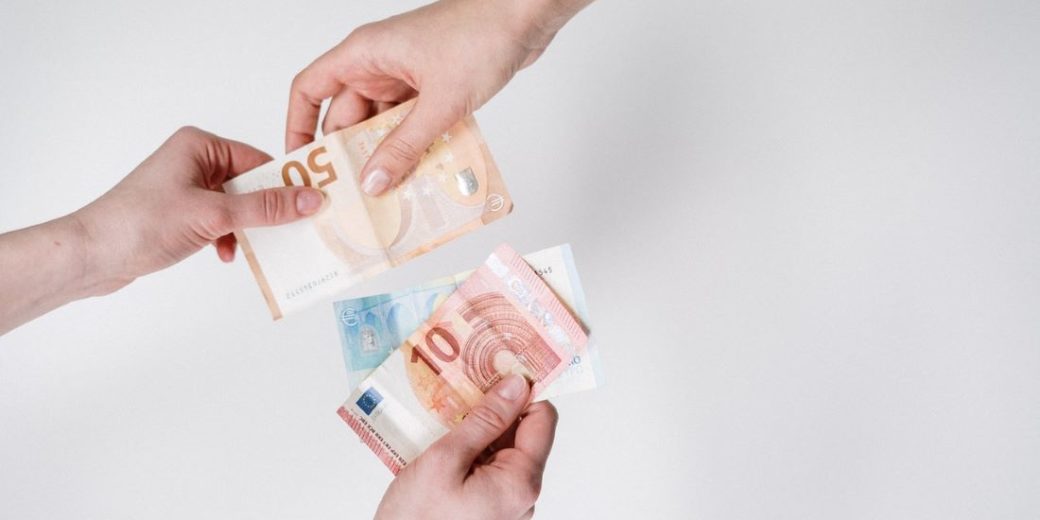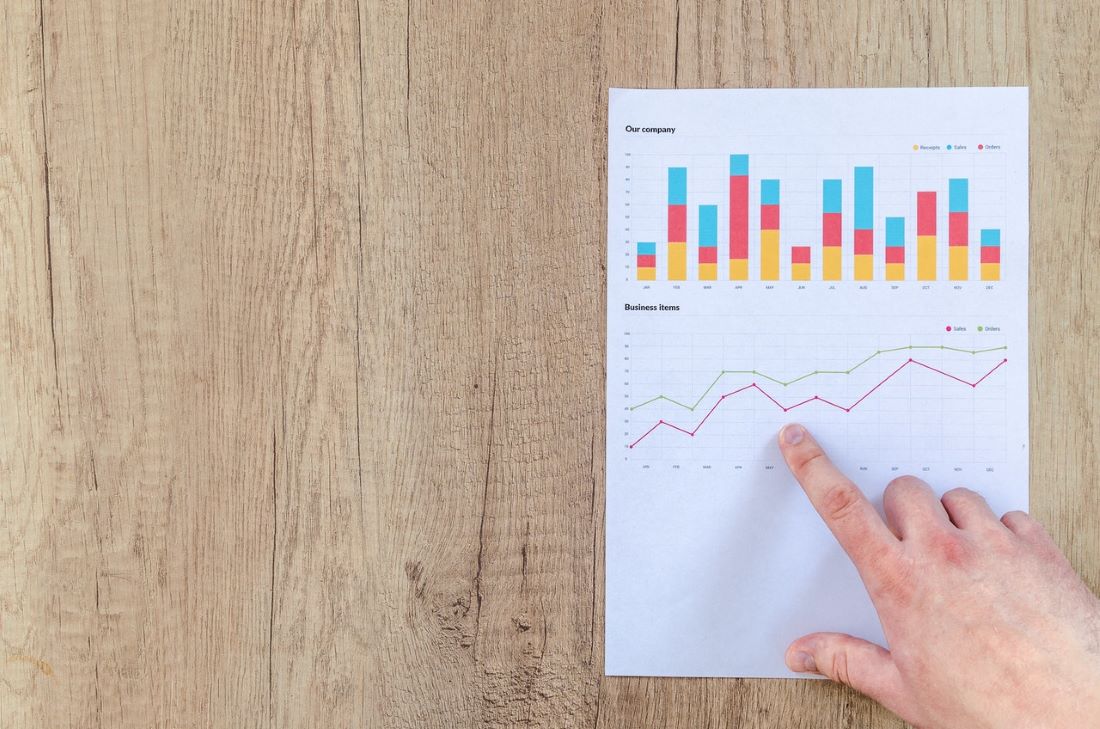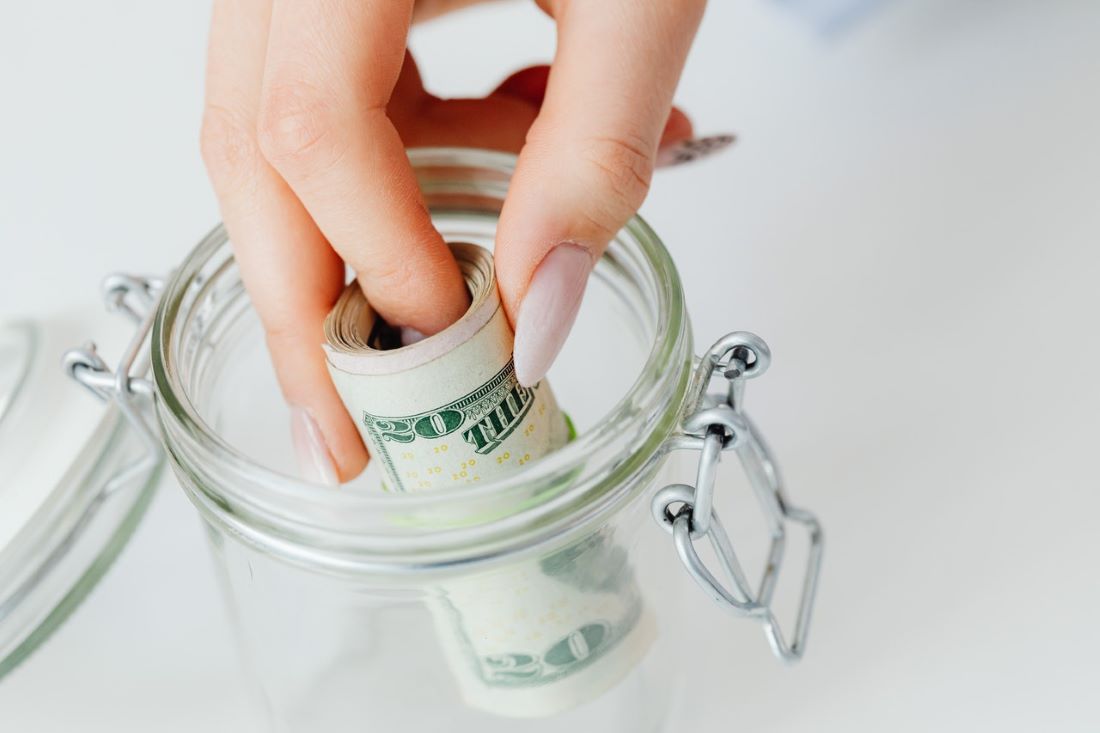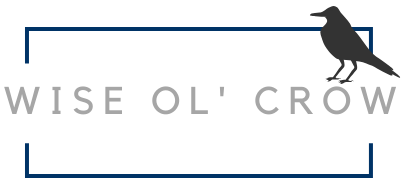The Economic Laws of Supply and Demand as They Relate to Costs and the Service Industry

Most people will remember that when Uber started in 2009, it offered a more affordable option than traditional taxi rides. The company's pricing strategy became quite controversial, especially when the startup set its sights on New York.
Officially, Uber's service arrived in New York in 2011. The startup undercut the pricing of taxi services and medallion programs, effectively leading generations of drivers to financial ruin.
Today, Uber's prices are 45% higher than two years ago. It is difficult for many consumers to understand the justification for the price increase, especially when low costs were such a critical aspect of the company's success. A review of the fundamental economic principle of supply and demand can shed some light.
How Supply and Demand Forces Cheap Services To Become Expensive

The supply and demand principle is a summation of two economic laws: the law of supply and the law of demand. Simply put, the law of supply states that sellers choosing a higher price for a product or service can supply more of an economic good. Also, in simple terms, the law of demand states that consumers will demand less of an economic good at a higher price.
Neither law works autonomously; they each are relational to the other. When the demand for a product is high and supply is low, the value increases because the object becomes a rare commodity. Alternatively, when the supply of a good is high and demand is low, the value decreases.
The fundamental understanding of supply and demand sheds some light on how cheap services become expensive, but there is more to the equation. For instance, perhaps Uber rides have become more costly because there is a greater demand for rides than there is a supply of drivers. Is the supply of drivers the only thing at play?
How the Intricacies of Supply Play a Role in Cost of Service

Unlike demand, supply involves more than consumer preference and competition. A business must also assess production costs to determine prices. Production costs include:
- Labor and materials
- Technology
- Number of sellers and their productive capacity
- Institutional costs
- Taxes
- Regulatory expenses
With Uber, costs have significantly shifted through the years. What started as a simple service with limited production costs has grown, moving from a private entity to a publicly traded company.
Uber started as a fresh idea in a somewhat unregulated industry (ridesharing). The concept meant the company could work around the regulations that ruled the taxi industry and provide a low-cost alternative, but time eventually caught up to the industry. Also, negative publicity about driver and passenger safety tarnished the reputations of prominent rideshare companies.
With stricter regulations, driver limits, and consumer caution, Uber and other rideshare companies were facing higher costs on the back-end with a steady and, in some places, an increasing demand. It was only natural for prices to increase.
How To Save Money With Services Becoming More Expensive

The economy is taking a beating right now, and essential products and services are becoming increasingly expensive. While rising consumer costs are frustrating, a review of economic principles explains the shift. The only thing for consumers to do is to make preference changes.
You can look for alternative services or products to save money. For example, instead of hailing an Uber, consider carpooling with friends, or instead of buying those name-brand groceries, choose a store or generic brand.
The ebb and flow of the economy naturally influence pricing strategies for businesses. The best protection you have against rising costs as a consumer is knowledge and a sound investment strategy.
